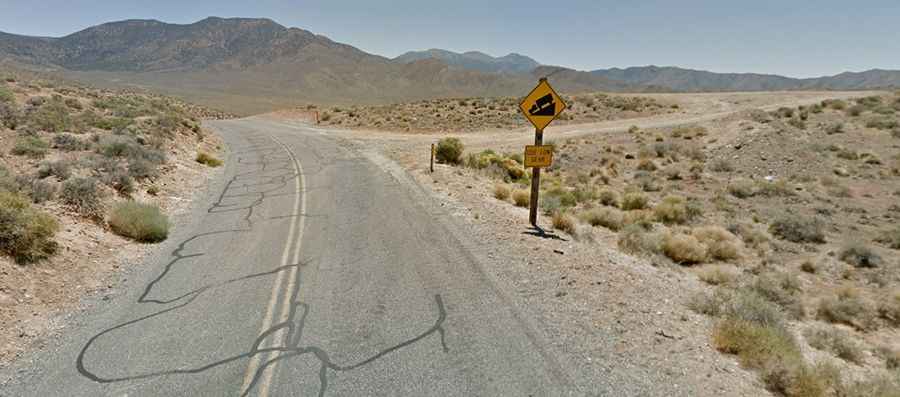Driving the thrilling Emigrant Canyon Road in Death Valley
Emigrant Pass is a high mountain pass at an elevation of 1,674m (5,492ft) above sea level, located in Inyo County, in the US state of California. Do not attempt this climb in the summer.

Is the road to Emigrant Pass in Death Valley paved?
Tucked away in Death Valley National Park, the road to the summit is fully paved. It’s called Emigrant Canyon Road and follows the canyon—gently winding past steep grassy slopes and low rocky cliffs, across the Harrisburg Flats, climbing to a high point of 5,492 feet at the summit.
Is the road to Emigrant Pass in Death Valley open?
This road is usually open all year round. However, in the winter months, this pass can receive up to a few feet of snow, so be mindful when traveling through between November and March. RVs, trailers, and buses over 25 ft. are not allowed due to the narrow canyon and roadway.
Is the road to Emigrant Pass in Death Valley worth it?
Located in the eastern central part of California, driving at sunrise offers stunning views. The landscape here is more open, with wide plains and distant mountains to the east and west. Emigrant Canyon Road climbs to a higher altitude in the park, presenting a different landscape than what people usually expect from Death Valley.
How long is Emigrant Canyon Road in Death Valley?
The road is 33.95km (21.1 miles) long, running from CA-190 road to Charcoal Kiln Road. The drive can be a bit scary for some people, as the narrow two-lane road has no shoulders. At the higher elevations, the road squirms up and down, side to side, with steep drop-offs, tight turns, few guardrails, and hairpin blind corners. Watch for potholes in the pavement. It is subject to flooding in heavy rains.
How challenging is driving in Death Valley?
Death Valley, renowned as one of the hottest places globally, boasts extreme climatic conditions, with a record-breaking highest air temperature of 134°F (57°C). Prepare for your drive wisely, considering the harsh environment. Remember, in case of emergencies, dial 911. While cell phones may not always work, being well-prepared and self-reliant ensures a safer exploration of the captivating Death Valley.